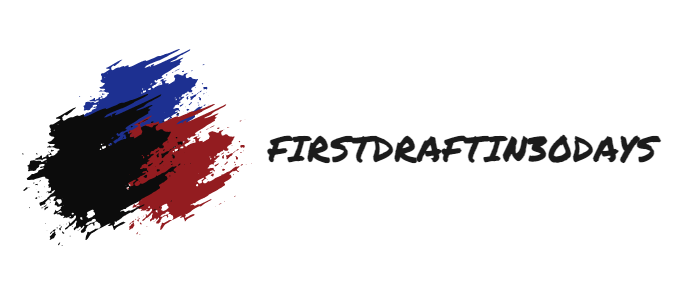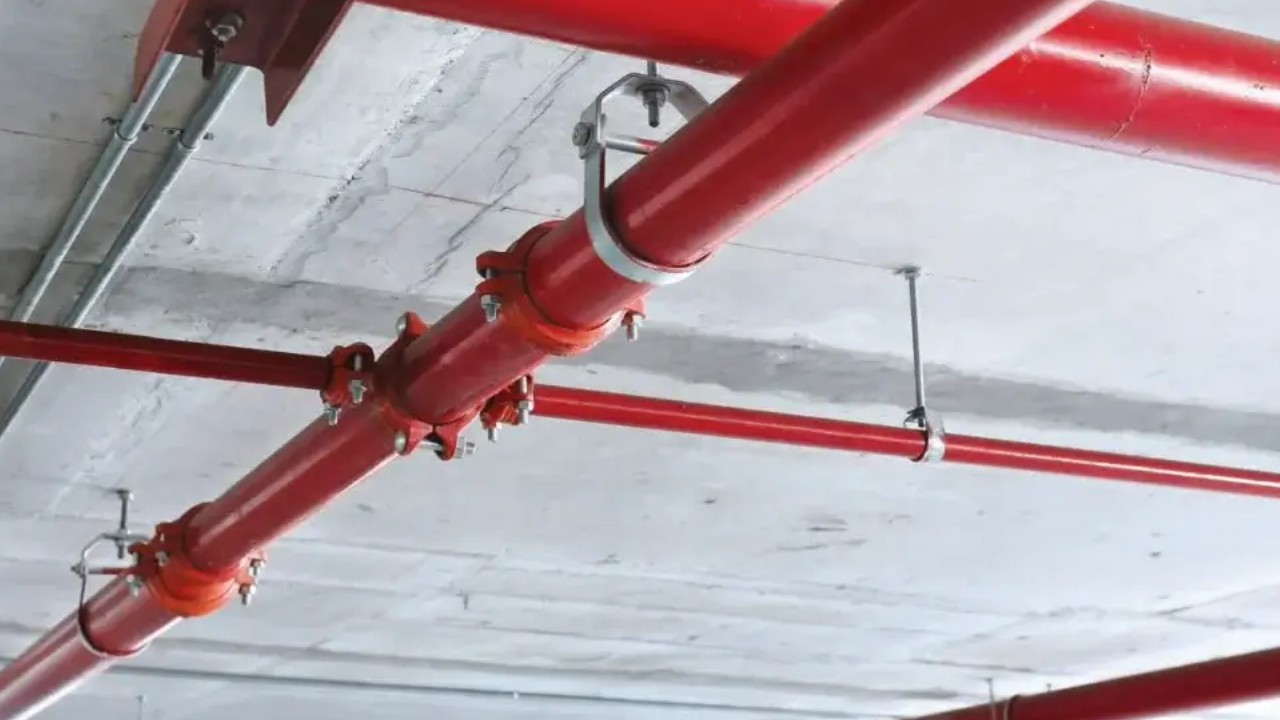Mild steel, moreover known as low-carbon steel, is one of the foremost commonly utilized materials in different businesses due to its reasonableness, machinability, and weldability. Mild steel regularly contains a moo carbon substance, usually extending between 0.05% and 0.3%, which makes it bendable and simple to work with. However, to upgrade its properties, follow sums of other components are frequently included in the combination. One of these elements is cobalt, What Is Mild Steel(MS Steel) Composition, that plays a critical part in impacting the execution and characteristics of gentle steel.
Cobalt is a moving metal that's known for its high quality, hardness, and warm soundness. Even though not shown in huge sums in mild steel, cobalt can have a recognizable effect on the material's properties. To get the part of cobalt in mild steel, it is basic to look at how it influences the steel's mechanical, warm, and chemical characteristics.
Cobalt: The Key to Unlocking Mild Steel's Full Potential
Cobalt plays a vital part in unlocking mild steel's full potential by upgrading its quality, hardness, and thermal soundness. It makes strides in the alloy's execution in high-temperature situations, boosts erosion resistance, and increments attractive properties, making cobalt-infused gentle steel perfect for requesting mechanical applications and specialized uses.
Improving Mechanical Properties
One of the essential parts of cobalt in mild steel is to improve its mechanical properties, such as quality, hardness, and sturdiness. Cobalt acts as a strong arrangement strengthener, meaning that it increments the steel's quality by dissolving into the press matrix and disturbing the normal course of action of atoms. Additionally, cobalt is known to improve the hardness of steel. Typically especially useful in applications where mellow steel must withstand wear and tear over long periods. Cobalt-containing gentle steel can stand up to scraped spots and maintain its basic keenness indeed in challenging situations. This can be why cobalt is regularly included in instrument steels and other high-performance amalgams where hardness may be a basic necessity.
Progressing Warm Steadiness
Cobalt is additionally known for its great warm solidness, which is another key advantage when included in gentle steel. Steel components regularly confront extraordinary temperatures, particularly in mechanical settings where they are exposed to warm or cold.
When cobalt is included in gentle steel, it makes a difference in the combination and maintains its mechanical properties over a more extensive temperature run. Cobalt's capacity to preserve steel execution at tall temperatures also contributes to its resistance to thermal fatigue. Warm weakness happens when a fabric is over and over warmed and cooled, causing it to grow and contract. Over time, this may lead to the arrangement of breaks and inevitable disappointment.
Boosting Erosion Resistance
Whereas mellow steel is known for its affordability and ease of use, one of its major downsides is its defenselessness to erosion. Not at all like stainless steel, which contains high levels of chromium that shape a defensive oxide layer, mellow steel is more inclined to rust and degradation when exposed to dampness, discuss, or chemicals. Cobalt can move forward the erosion resistance of gentle steel by stabilizing the microstructure and decreasing the probability of localized erosion, such as setting. When utilized in combination with other alloying components, cobalt makes a difference and makes a more uniform and steady structure, which can be less vulnerable to erosion. In expansion, cobalt can contribute to the arrangement of a more defensive oxide layer on the surface of the steel, although this impact isn't as articulated as with stainless steel.
Upgrading Attractive Properties
Cobalt is additionally an exceedingly attractive component, and its expansion to steel can impact the attractive properties of the fabric. Gentle steel, by itself, is ferromagnetic, meaning it can be magnetized and is attracted to magnets. For occurrence, cobalt-containing gentle steel can be utilized within the generation of electromagnets, transformers, and other electrical components where solid attractive properties are required. The nearness of cobalt increments the steel's attractive immersion, which implies it can create a more grounded attractive field when magnetized.
Mechanical Applications of Cobalt-Containing Mild Steel
The expansion of cobalt to gentle steel can open up modern conceivable outcomes for mechanical applications. Whereas gentle steel is as of now broadly utilized in development, car manufacturing, and common creation, the improved properties given by cobalt can make it reasonable for more specialized uses. In the car industry, cobalt-containing mild steel can be utilized in motor components and deplete frameworks, where exposure to warm and corrosive gasses is common.
The improved quality, hardness, and erosion resistance given by cobalt can amplify the life expectancy of these components and reduce the requirement for repairs or substitutions. In expansion, cobalt-containing mild steel can discover applications within the production of electrical components, such as motors, transformers, and generators, where strong attractive properties are required.
Conclusion
Cobalt plays a critical part in enhancing the properties of mellow steel, indeed when included in little sums. By progressing the material's quality, hardness, warm solidness, erosion resistance, and attractive properties, cobalt-containing mild steel becomes a more flexible and strong alternative for different industrial applications. Whereas mellow steel is as of now esteemed for its affordability and ease of utilization, the expansion of cobalt can take its execution to another level, making it reasonable for more requesting situations and specialized uses.


